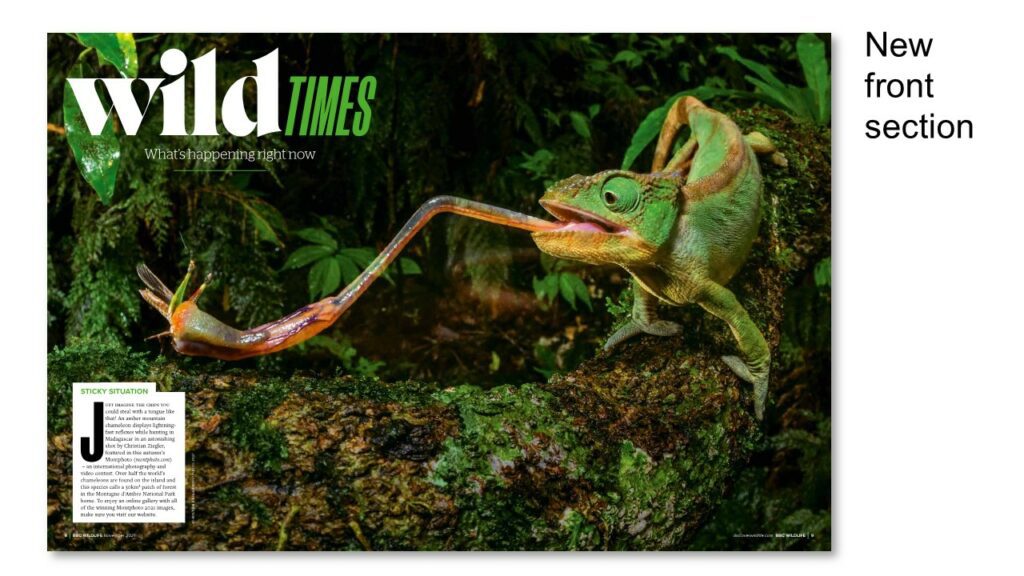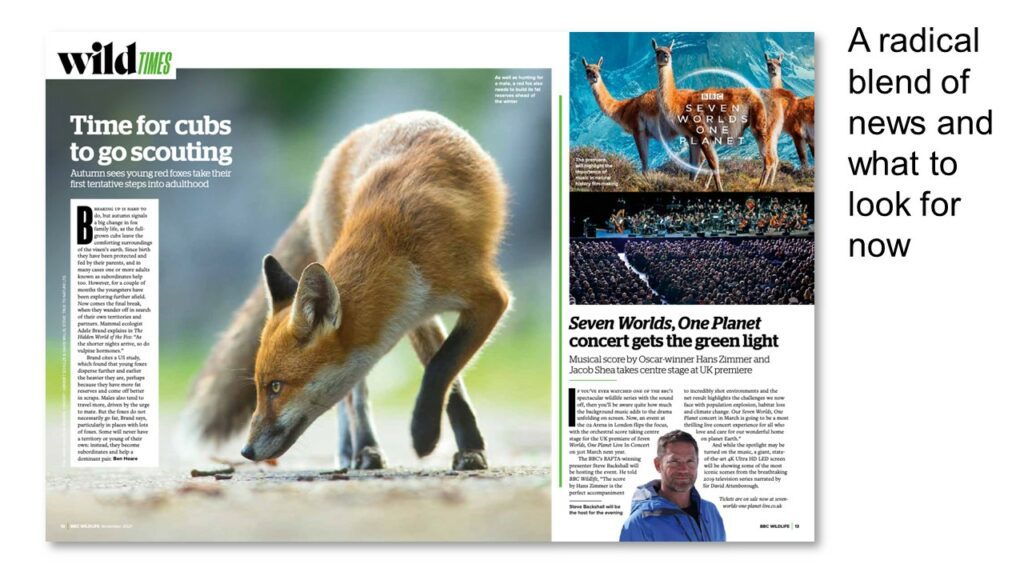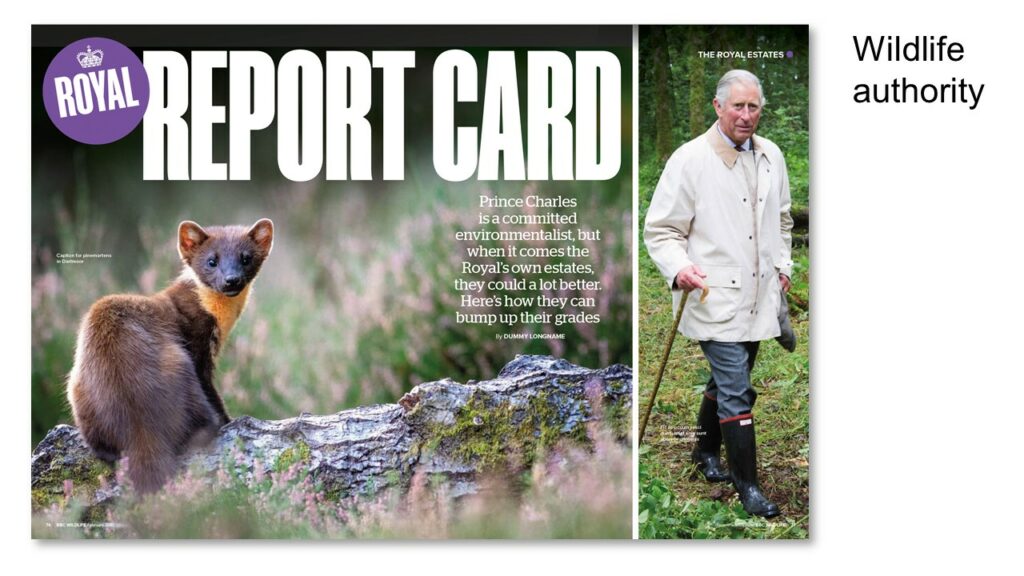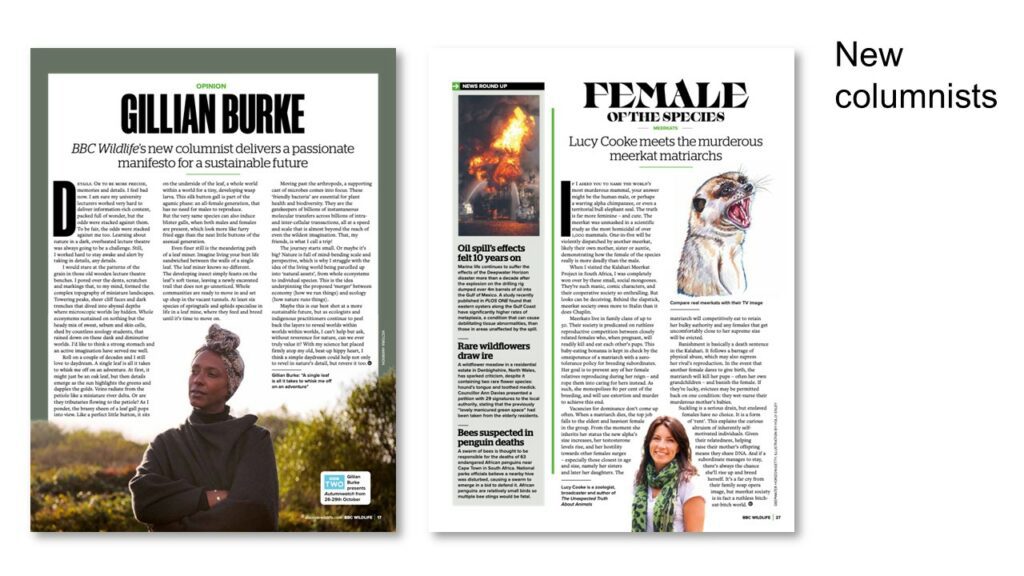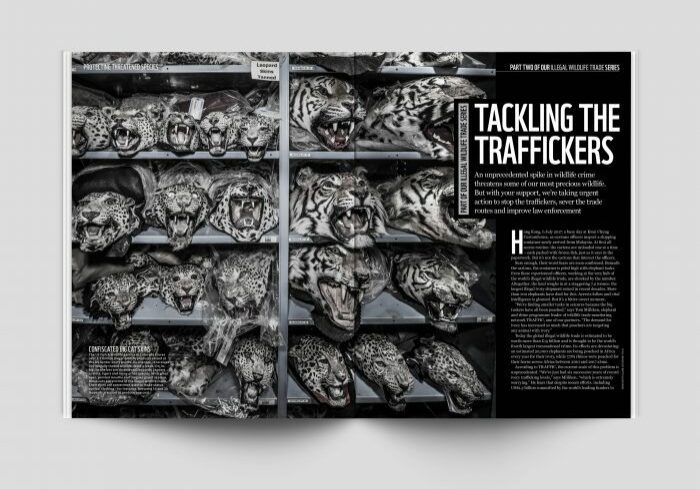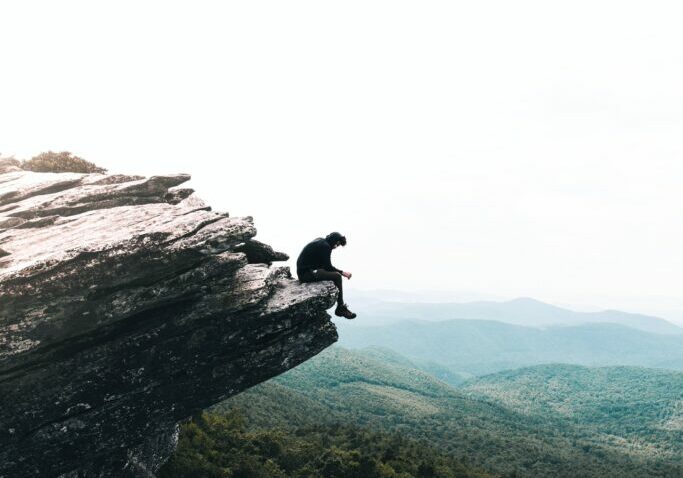Redesigning a heritage magazine brand such as BBC Wildlife to make it relevant for new audiences in a digital age was always going to take a radical approach. Here’s how editor Paul McGuinness and his team did it…
Originally launched under the name of Animals magazine in 1963, BBC Wildlife magazine is a celebration of the natural world, inspiring people with the sheer wonder and beauty of nature, helping them understand and appreciate the amazing world around us. However, like many heritage brands that have expanded from print into digital, it needed to evolve to reach new audiences, grow subscriber numbers and work across all platforms, while remaining authentic to its audience.
This was the challenge that editor Paul McGuinness and his team took on when they decided to undertake the first major re-evaluation and redesign of the brand since 2006. Here are the five steps they took towards developing their new look.
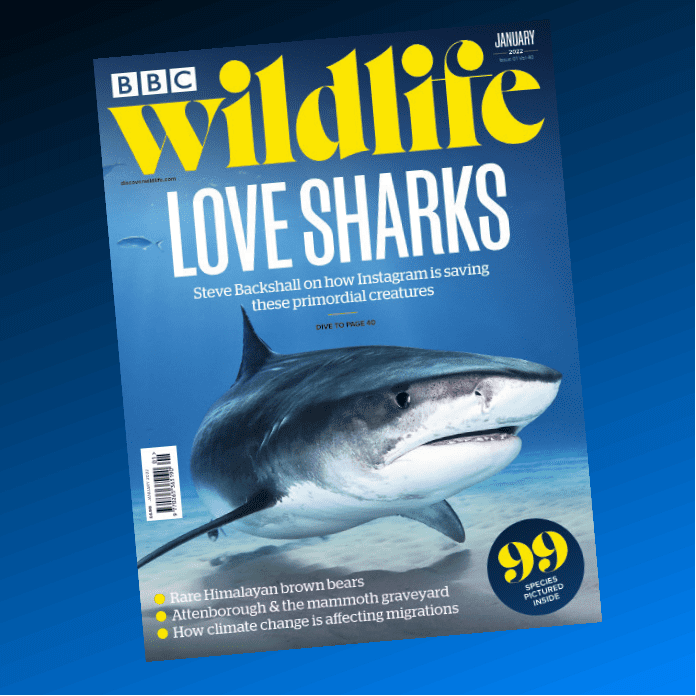
1. Starting from the beginning
After joining the team in 2019, Paul spent the first six months getting to know the team, the audience and the brand before thinking about where they wanted to take it next. With challenging conditions on the newsstand, they knew they wanted more subscribers. And with a growing online audience on discoverwildlife.com and their social channels, they also knew that they wanted to create a brand that could work across all channels. The final step was to imagine if BBC Wildlife had never existed – what would it look like if we were to launch it today as a completely new brand
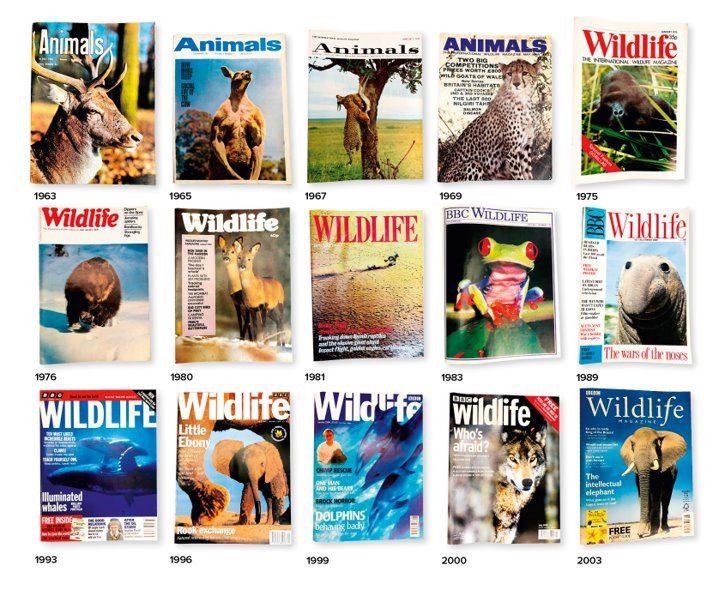
2. Understanding the audience
The BBC Wildlife brand caters to a broad audience, from scientists and conservationists to back garden naturalists and parents who want to encourage their children to have a love of the natural world. It also doesn’t have a clear set of competitors – it is the wildlife-lovers brand. However, Paul and his team undertook research to understand what other media their female-skewing audience consume and what they liked about them to identify new opportunities to appeal to them.
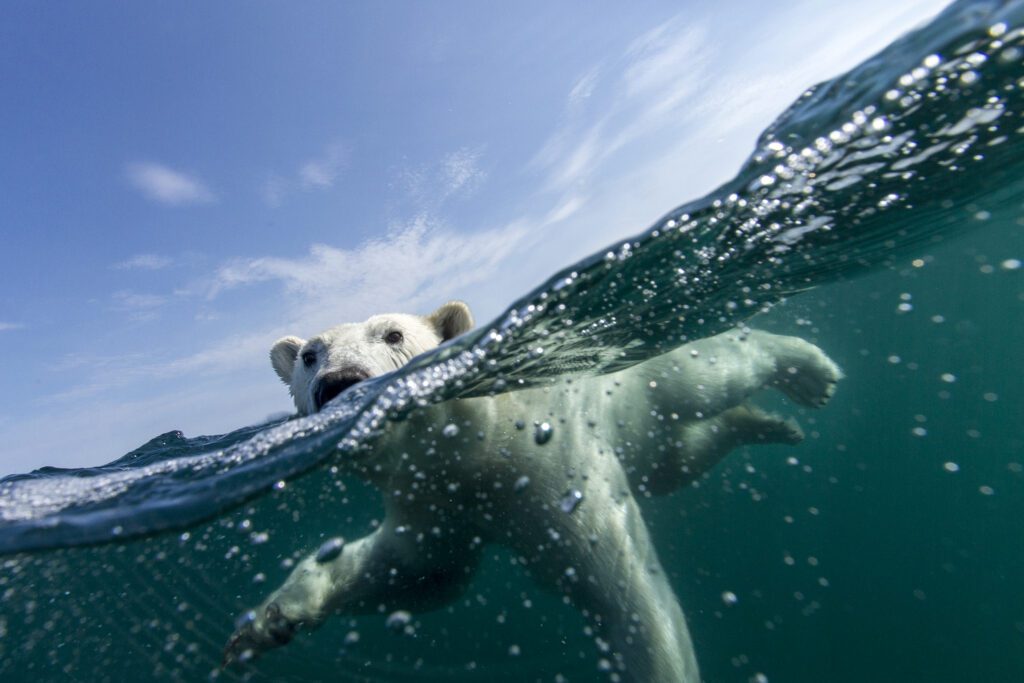
3. Developing the logo
For the first stage in the magazine’s visual evolution, Paul and art editor Richard Eccleston recruited design consultant Andy Cowles to help them develop the design, starting with the logo. In consultation with team members across editorial, marketing and advertising, three new logos were developed and tested visually across all platforms. “We looked at the logos in lots of different contexts, from magazine covers on the newsstand and media packs to the website, social media icons and video idents. In every situation it was important that we retained a consistent visual identity, even though the treatment might be slightly different,” explains Paul.
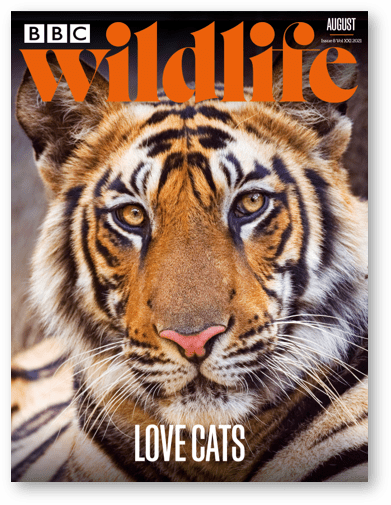
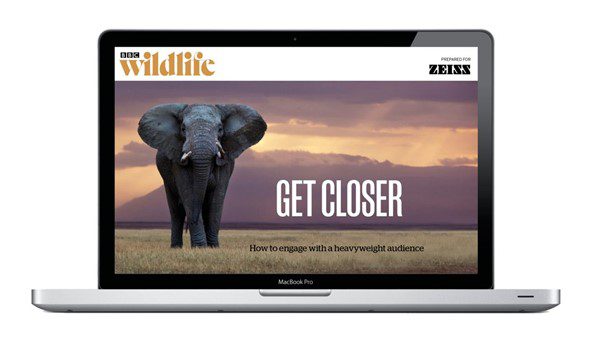
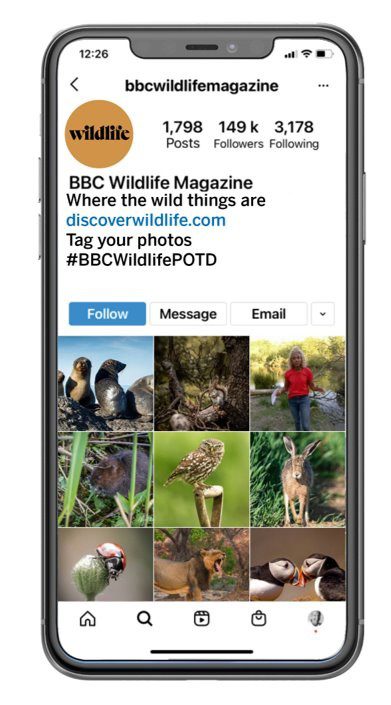
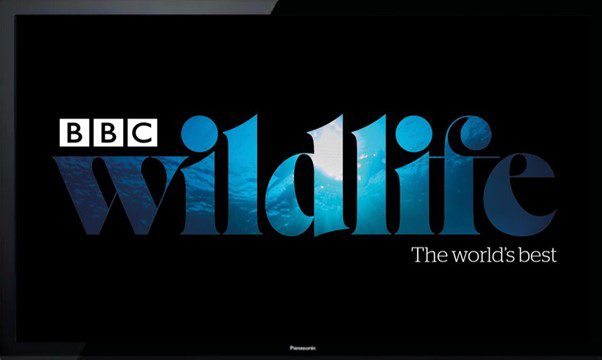
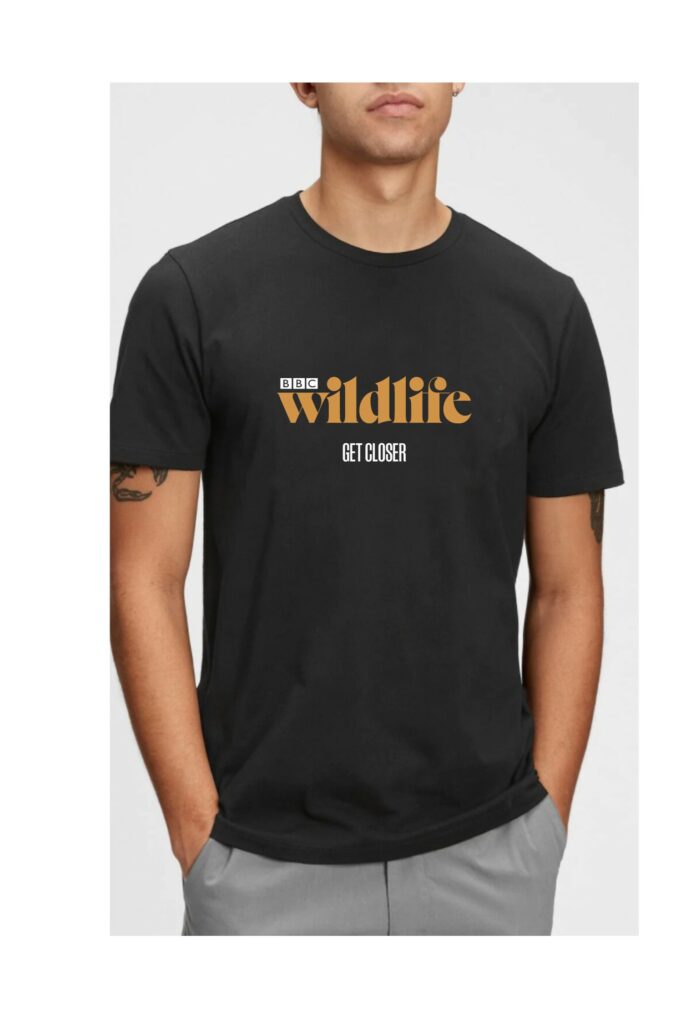
4. Conducting a critical review
Next the team got together to identify what content worked best for their audience. “We thought by and large that the BBC Wildlife content was excellent, so what we focussed on was how we were presenting it and what content should go out on each platform,” explains Paul. Through a series of dedicated sessions they reviewed their regular sections, such as news, features and reviews, to identify what to keep, what to lose and any gaps in between. “We took it all apart, put it back together and reshaped it before we started on the design.”
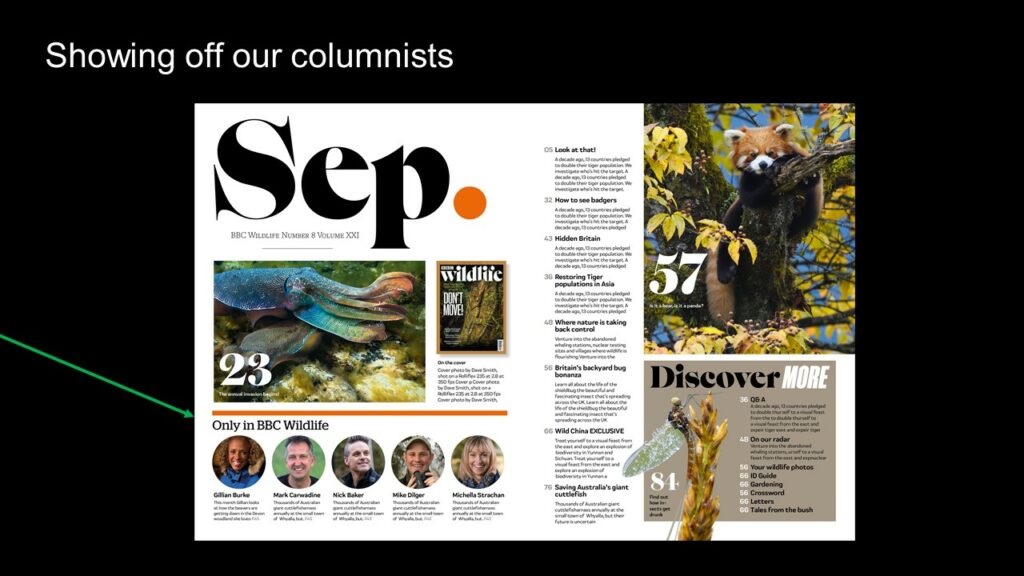
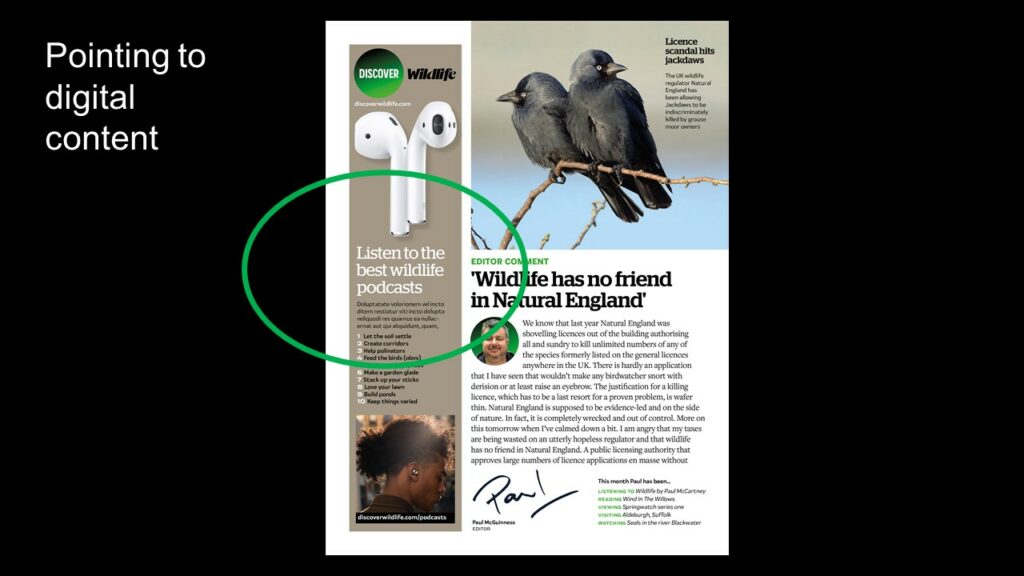
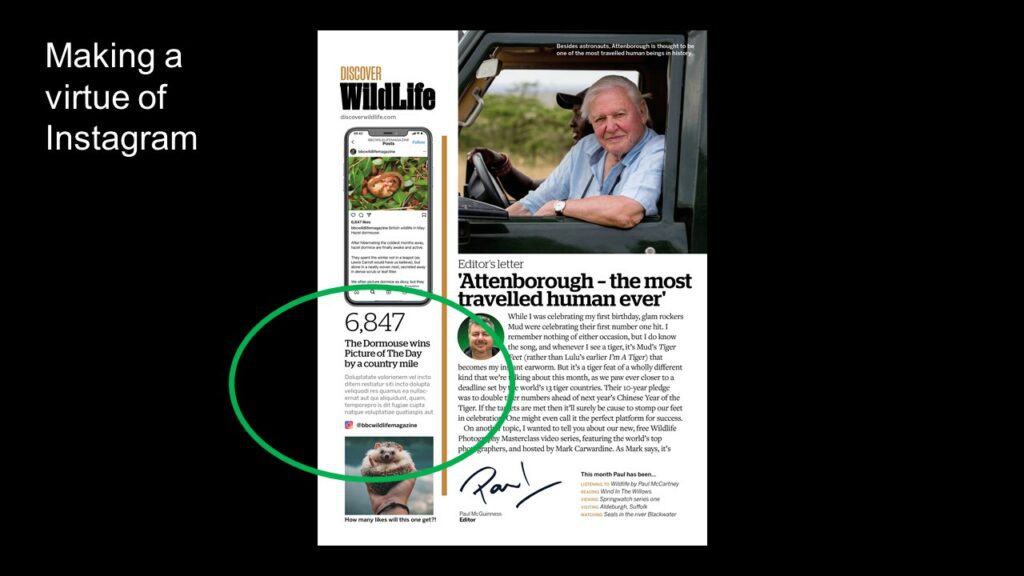
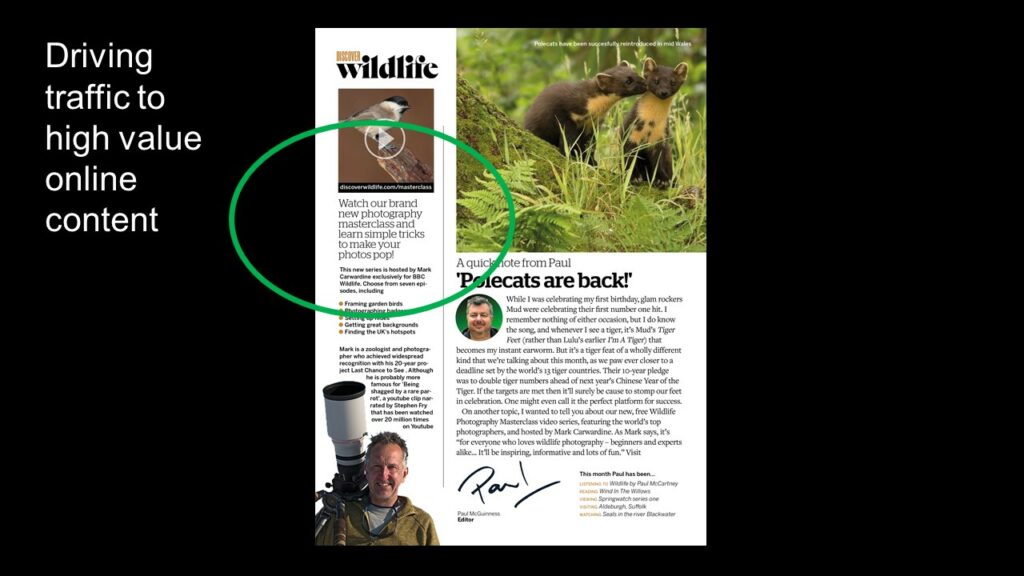
5. Making a statement
With amazing photography, bold typography and renewed sense of energy, the new-look magazine and website are packed with fascinating and informative features, the latest science and conservation news, expert guides and opinion pieces relating to controversial issues of the day. In addition to its compelling covers, new look features and refreshed front and back sections, the magazine has also introduced two new columnists, BBC Springwatch presenter Gillian Burke, and bestselling author Lucy Cooke.
“BBC Wildlife has access to the best writers and photographers, and the leading scientists and conservationists, which is what makes BBC Wildlife the best wildlife magazine in the world – and it just got even better!”
